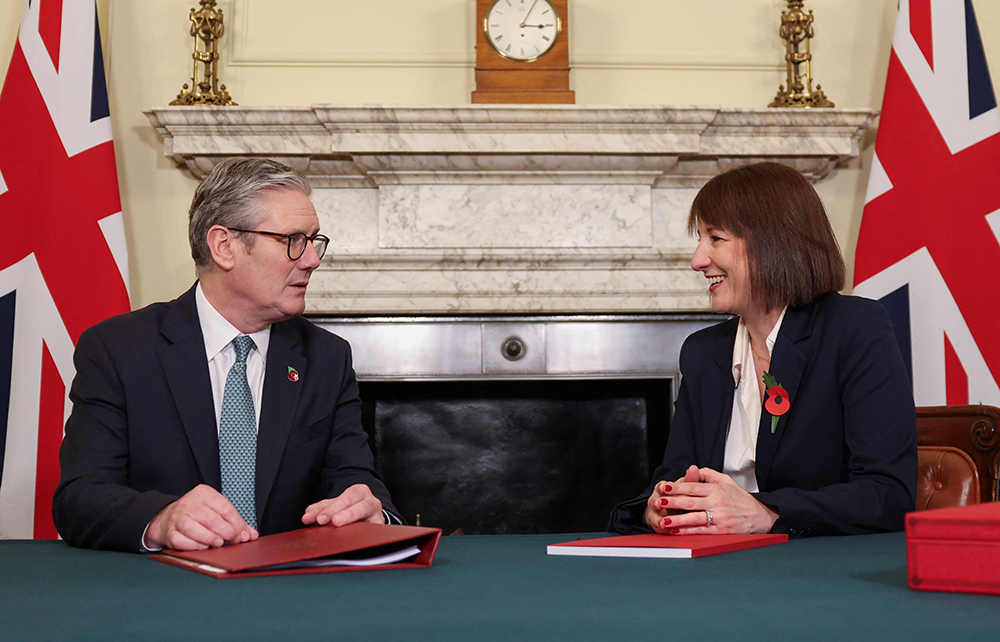Such is the increasing cost of the welfare state that at some stage a government – never this one – is going to have the ask the question: ‘Welfare for whom, and what should it cover?’
There was no welfare state in the ancient world. But there was the elite 2 per cent, who owned the land, and hence the wealth, since the land (and sea) provided all human needs – food, fire (warmth), clothing and building materials (including metals), power sources (wind and animals) and international transport. But they also needed hoi polloi, since only by turning them into a fighting force could they protect and expand their wealth and the people keep their minuscule fraction of it.
There was, then, an unspoken bond between rich and poor. When famine struck, or enemies threatened, the elite-run state dug into the imperial finances and the elite into their own resources to enable men to survive or leave their farms and fight. In times of peace, the rich funded ‘bread and circuses’ and much else, including fabulous ceremonials to keep the gods on side.
Meanwhile, those who were the state, the 98 per cent, vastly outnumbering the rich, looked to family first and foremost, neighbours and friends and the wider local community (Latin communis ‘shared, common, joint’) to ensure the ship – and granny – kept afloat. The example of Gaius Furius Chresimus, a liberated slave, illustrates that commitment, underpinning the whole system. His small farm was so much more successful than much larger estates that he was accused of using magic spells to entice away other people’s crops. Taken to court and fearful of his chances, he arrived with all his farm slaves, sturdy people, well looked-after and well clad, his iron tools of excellent make, heavy mattocks, ponderous ploughshares and well-fed oxen.
Then he said: ‘These are my magic spells, citizens, but I am afraid I cannot exhibit to you or produce in court my midnight labours and early risings and my sweat and toil.’
Now, as then, that commitment to work for a living must not change. But that all depends on what incentives or prospects for work, if any, survive the Budget.







Comments